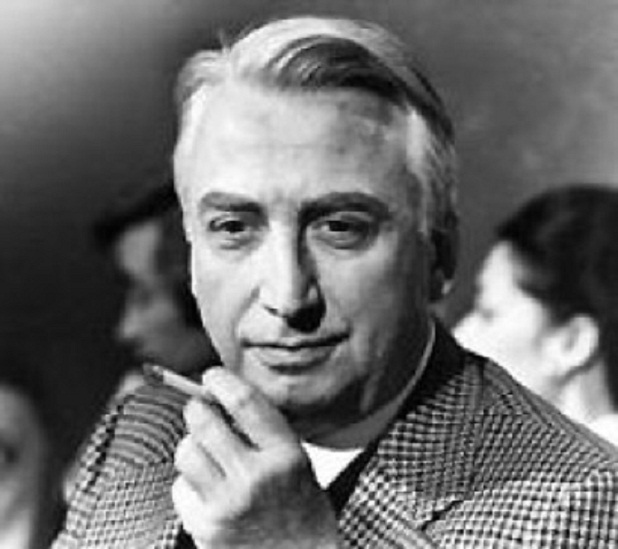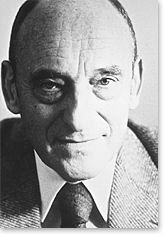Narrative structure is about two things: the content of a story and the form used to tell the story. Two common ways to describe these two parts of narrative structure are story and plot. Story refers to the raw materials of dramatic action as they might be described in chronological order.

There are many theoretical studies based around narrative structure, some include:
Barthes-Barthes' ideas explored a diverse range of fields and he influenced the development of schools of theory including structuralism, semiotics, social theory, design theory, anthropology and post-structuralism.

Genette- Important concepts in Genette's Narratology:
Order- Say a story is narrated as follows: the clues of a murder are discovered by a detective (event A); the circumstances of the murder are finally revealed (event B); and lastly the murderer is caught (event C).
Frequency-The separation between an event and its narration allows several possibilities.
Duration-
The separation between an event and its narration means that there is discourse time and narrative time. These are the two main elements of duration.
Voice-Voice is concerned with who narrates, and from where
Mode-Genette said narrative mode is dependent on the 'distance' and 'perspective' of the narrator (Distance of the narrator changes with narrated speech, transposed speech and reported speech.
Perspective of the narrator is called focalisation. Narratives can be non-focalised, internally focalised or externally focalised)

Todorov -
Todorov in 1969 produced a theory which he believed to be able to be applied to any film. He believed that all films followed the same narrative pattern. They all went through stages called the equilibrium, disequilibrium, acknowledgement, solving and again equilibrium.There are five stages the narrative can progress through:
1. A state of equilibrium (All is as it should be.)
2. A disruption of that order by an event.
3. A recognition that the disorder has occurred.
4. An attempt to repair the damage of the disruption.
5. A return or restoration of a NEW equilibrium

Vladimir Propp-
Propp's very popular work was important for two related structuralist ideas: that all fictional works have basically the same structure underneath, and that a story can be created by instantiating a sequence of abstract plot elements.
The typical sequence of functions is:
- 0: The Initial Situationn - The setup.
- 1: The Absentations - Someone leaves or dies. Usually a parent.
- 2: The Interdiction - A big rule is set up. Don't touch the spinning wheel. You can't go to the ball. You know the drill.
- 3: Violation - Someone breaks the big rule. This could be good or bad as seen by the examples above.
- 4: Reconnaissance - The villain spies on the hero or the hero learns about the villain.
- 5: Delivery - The searching party discovers information.
- 6: Trickery- Villain tricks hero.
- 7: Complicity- The hero is forced, tricked or influenced by magic to do something bad. There are bad consequences.
- 8: Villainy - Baddy McBadson does something really evil, normally stealing the Macguffin or kidnapping the princess.
- 9: Meditation - The goodies figure out a plan and get ready to set out on their quest.
- 10: Beginning counteraction - The heroes choose to fight back.
- 11: Departure - They... depart. Voluntarily or not.
- 12: First function of donor - The hero run into a donor or a magic dude. This character can be The Obi-Wan, a mysterious beggar or a "None Shall Pass" kind of character. They may have to pass a test. The hero may have to fight the donor. But on the bright side, the donor may have a magical object to help them on their quest.
- 13: Protagonist reaction - The hero outsmarts, outfights or finds a way around the donor's demands. He gets the Macguffin.
- 14: Acquisition of Magical Agent- The obi-wan type character. Can be the donor. This character helps the hero on his quest, sometimes willingly, sometimes not.
- 15: Transference- The hero is taken to a new place. Physically. Emotionally. Spiritually. Grammatically.
- 16: Struggle- Our hero (surprisingly) struggles.
- 17: Branding - Our hero for his efforts is marked out as a hero either with a token or with a mark on his body
- 18: Victory - The hero beats the villain with his wits, his special abilities or his brawn.
- 19: Liquidation - The goodies all help the hero, and get what they were after.
- 20: The Return- Guess.
- 21: Pursuit- The heroes are chased by the villain, who is going all One-Winged Angel on them.
- 22: Rescue - The goodies run for it and escape by placing obstacles in the villain's path.
- 23: Unrecognised-The hero comes home and no one knows who he is because...
- 24: Unfounded Claims- Some Il Capitano-Zapp Brannigan-Gilderoy Lockhart character claims he saved the day.
- 25: Difficult Task- To prove he's the Hero the Hero must, well prove himself. It can be an ordeal of choice, a riddle or a test of strength.
- 26: Solution - The Hero chooses right/guesses right/wins the fight.
- 27: Recognition- Everyone realises that the hero is the hero through his special mark, the fact they got the right solution or through simple recognition.
- 28: Exposure- The false hero is shown up.
- 29: Transfiguration- The hero gets a makeover. Or at least new clothes or a palace.
- 30: Punisment- False Hero and Villain (and yes, they can be the same guy) get what's coming to them.
- 31: The Wedding- Usually the hero marries the princess or something like that, but the wedding can just be a general celebration from getting crowned to a party.
No comments:
Post a Comment